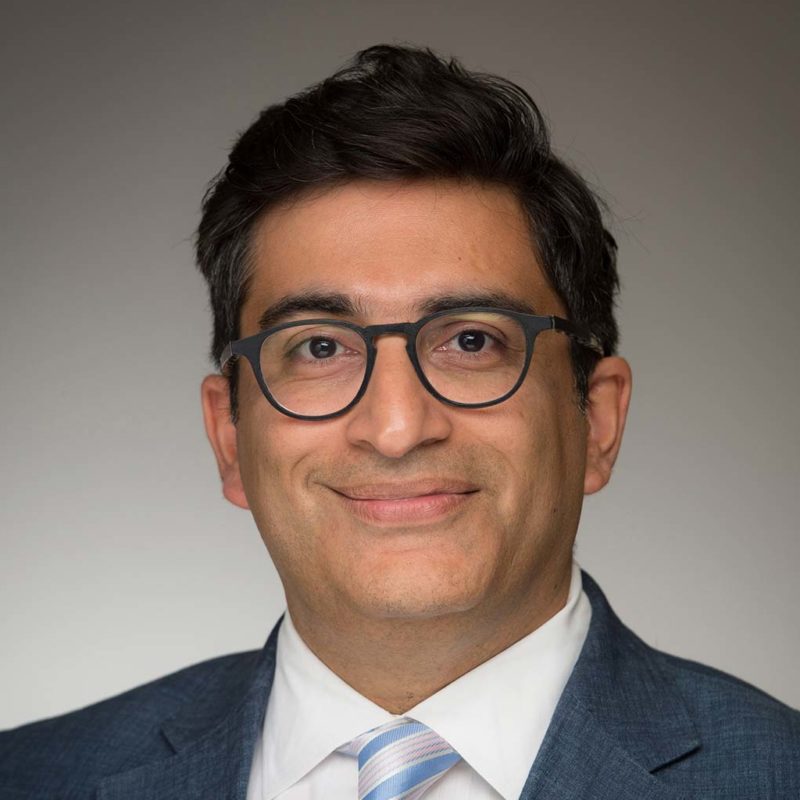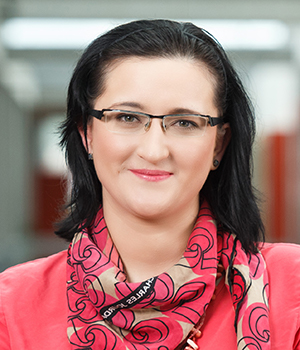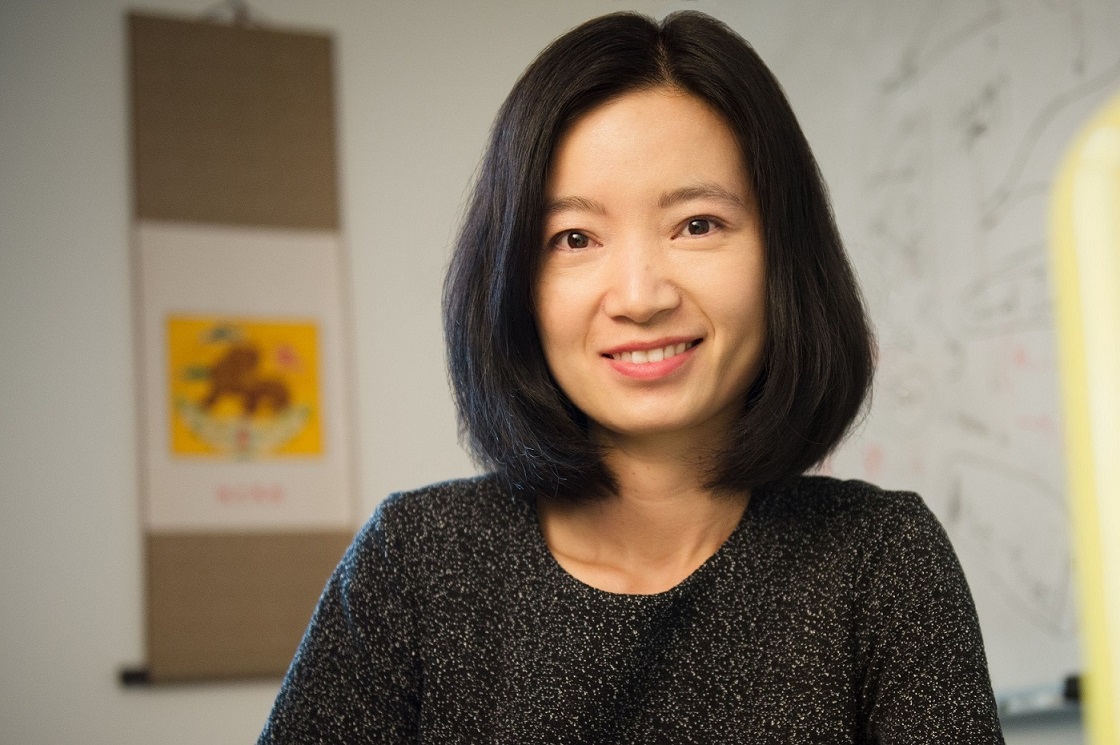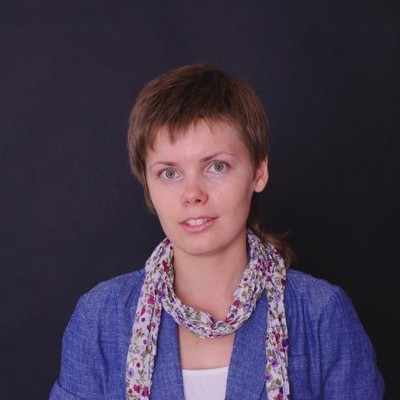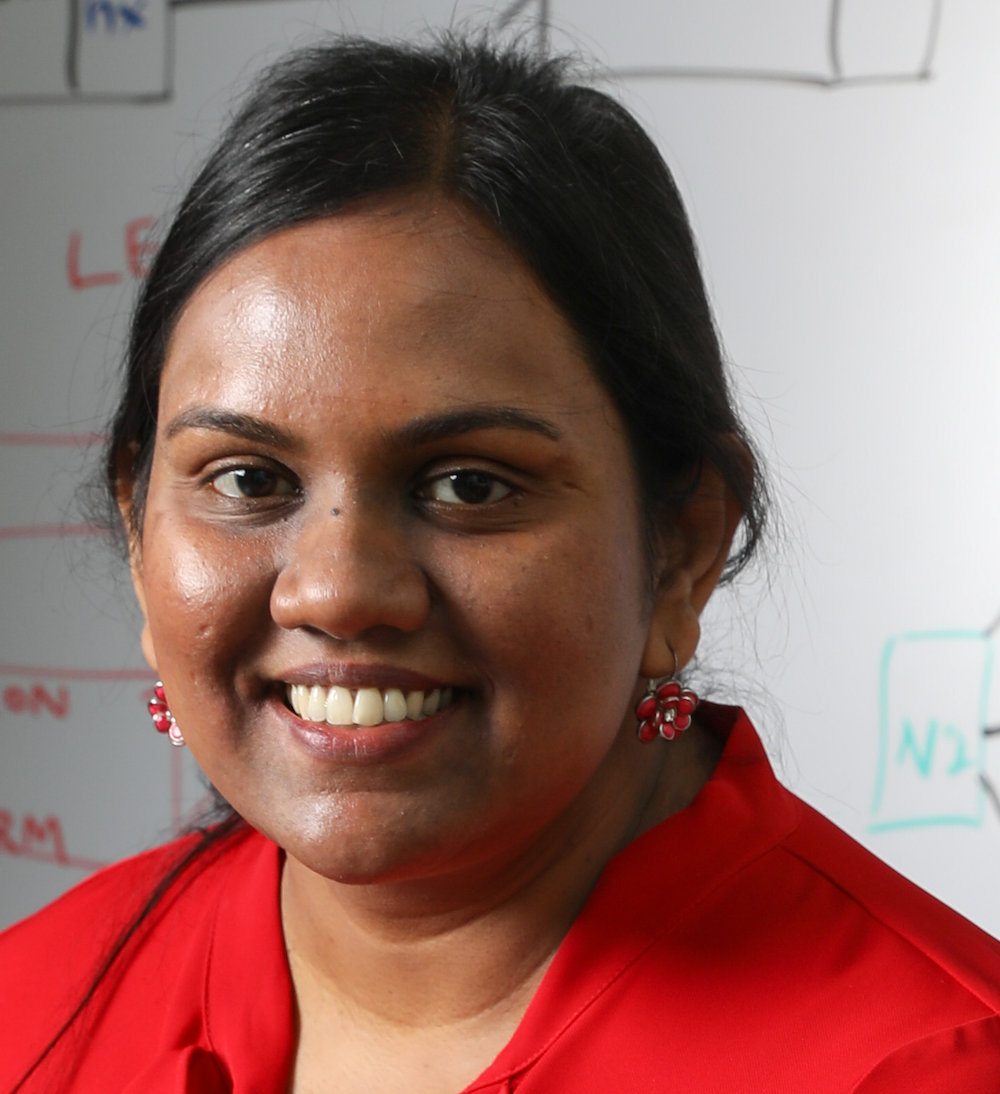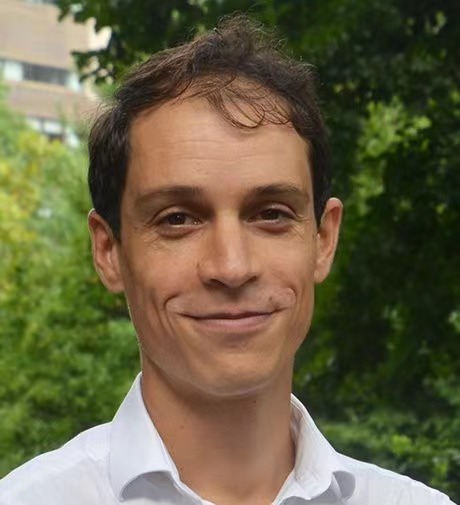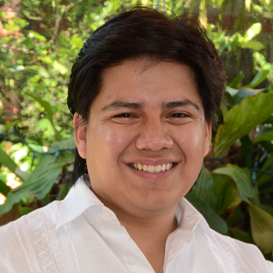Knowledge graphs (KGs) are important resources for Artificial Intelligence (AI) solutions that seek to go beyond generating an insight, to interpreting the past, current and possible future contexts to which the insight applies. Not only can it be misleading to mine data without considering or providing context, disconnected insights can be of limited use in complex, real-world situations. To move beyond retail consumer applications and otherwise narrow-AI tasks, it is necessary to address several challenges. For example, few embedding methods can adequately deal with heterogeneous KGs which comprise different types of nodes and edges. However, this heterogeneity, if properly represented, has the potential to aid in the development of novel deep learning methods (e.g., by offering new ways for data augmentation, contrastive learning, and pre-training models).



